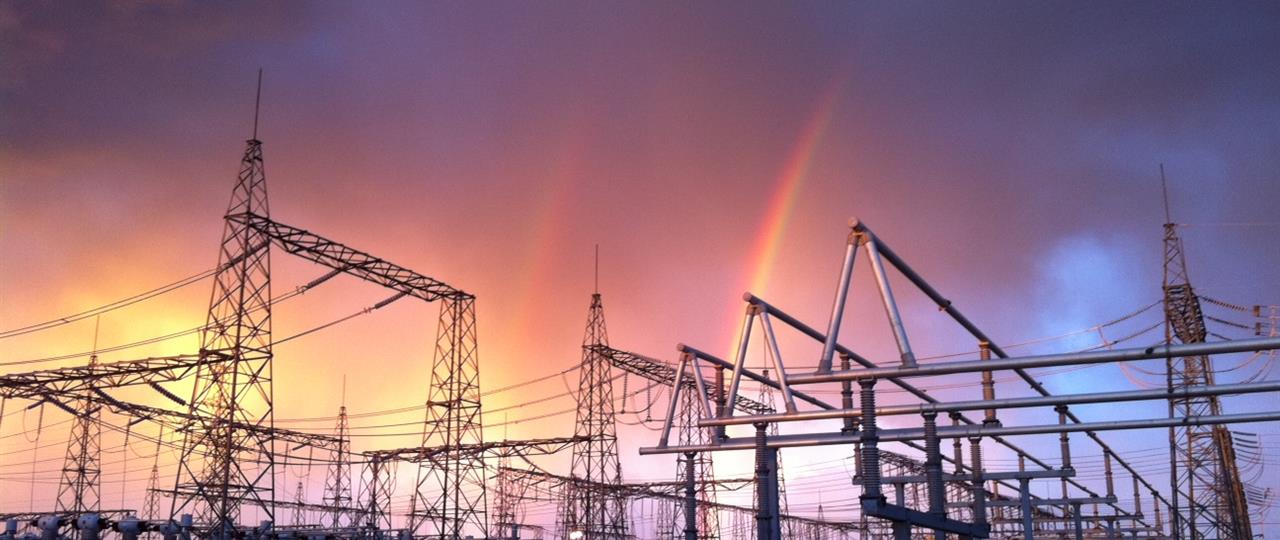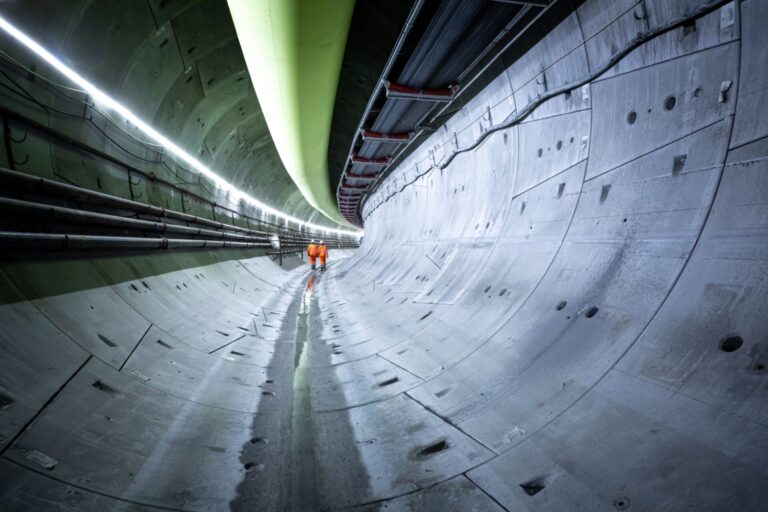A new report from Ontario’s Independent Electricity System Operator (IESO) suggests Ontario is in a strong position to decarbonize its growing electricity grid, with a moratorium on new natural gas generation being feasible starting in 2027, provided new storage, nuclear, renewables and expanded conservation efforts are ready.
The report was requested by the minister of energy and is one of three released Dec. 15 that focus on the future of Ontario’s electricity system.
The reports are titled Annual Planning Outlook, Conservation and Demand Management Framework Mid-Term Review, and Pathways to Decarbonization.
“With one of the cleanest electricity grids in North America, Ontario has a real advantage in enabling the decarbonization of the broader economy,” said Lesley Gallinger, president and CEO of the IESO, in a statement. “The process of fully eliminating emissions from the grid itself, however, will be a significant and complex undertaking.
“Through our ongoing commitment to work with a wide range of partners to assess risks and overcome challenges, we believe it is possible to achieve an orderly transition toward a decarbonized electricity system that remains reliable, affordable and sustainable.”
The Pathways to Decarbonization report finds Ontario could begin moving toward a decarbonized grid starting with a moratorium on new gas generation beginning in 2027, as long as sufficient non-emitting supply were to be in place to meet growing electricity demand.
The report also finds attaining a decarbonized electricity sector by 2050, alongside aggressive electrification targets, would require a system more than double the size it is today at an estimated cost of around $400 billion.
The Pembina Institute released a statement asserting the IESO reports fall short by underestimating the reliability of diverse clean energy portfolios, as well as the rapid decline in costs of renewable power.
“We strongly caution against new gas investments that will be incompatible with forthcoming Clean Electricity Regulations in 2035, with the costs for these stranded assets likely to be loaded on to ratepayers and taxpayers in the province,” stated Carolyn Kim, senior at the Pembina Institute, in a release.











